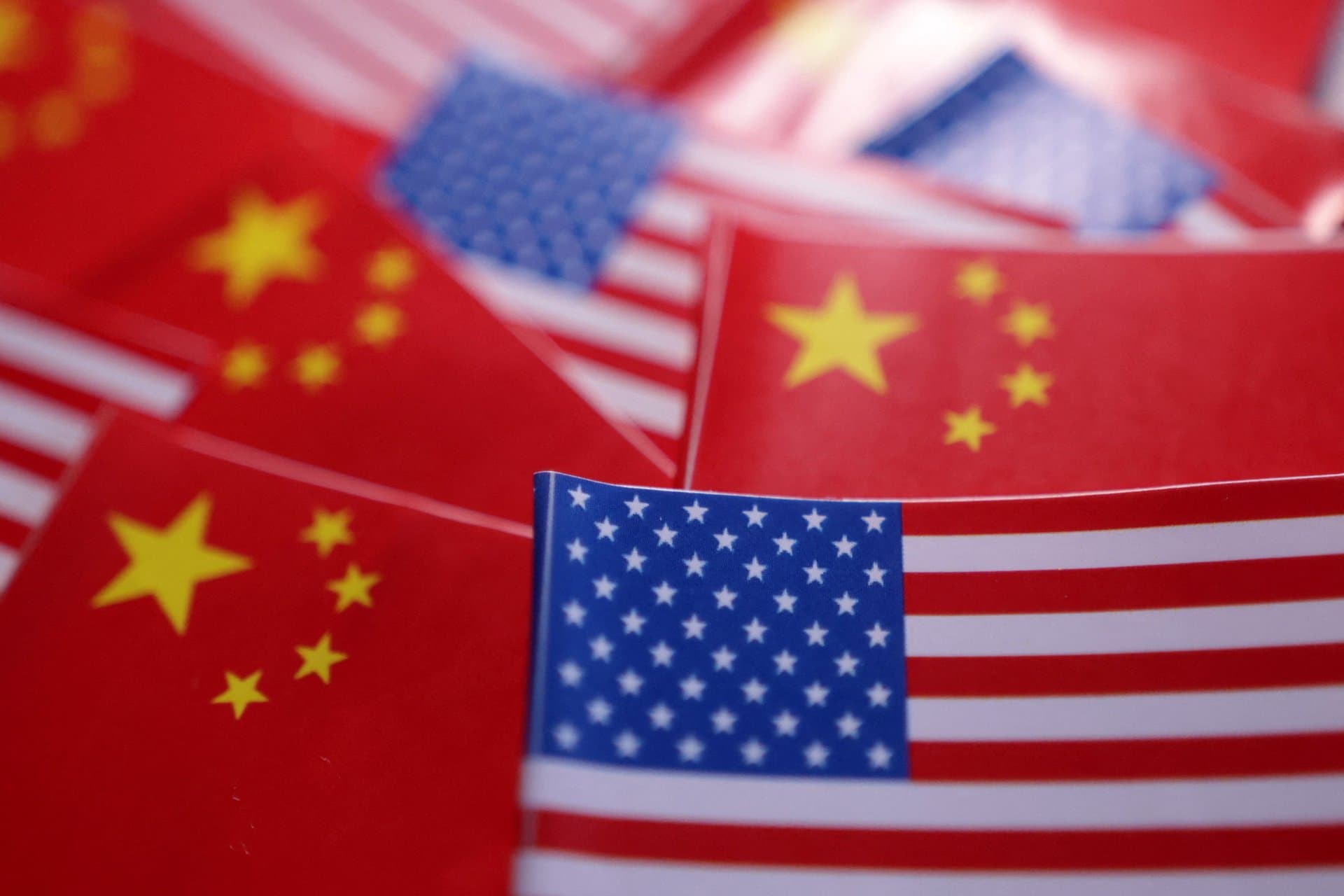US-China Trade Talks: 5 Key Insights on Tariff Rollbacks and Market Impact
Explore the latest US-China trade talks, tariff rollbacks, and market reactions. Discover 5 key insights on sustaining progress amid economic pressures and political volatility in this crucial economic partnership.

Key Takeaways
- US and China agreed to a 90-day tariff rollback truce
- Tariffs on Chinese goods cut from 145% to 30%, Chinese tariffs on US goods from 125% to 10%
- Markets rallied with S&P 500 up 4.7% and Nasdaq up 6.8% after the deal
- Underlying trade issues remain unresolved, risking future tensions
- Public sentiment mixes relief with skepticism on lasting progress

The US-China trade relationship, often called the world’s most consequential economic partnership, has taken a dramatic turn in 2025. After years of escalating tariffs that rattled global markets and chilled trade flows, a surprising breakthrough emerged on May 12, 2025. Both nations agreed to slash tariffs temporarily—US tariffs on Chinese goods dropped from 145% to 30%, while China cut its tariffs on American imports from 125% to 10%. This 90-day truce sparked a wave of optimism, sending stock markets soaring and the US dollar strengthening. Yet, beneath the surface, deep-rooted structural issues and political pressures loom large. This article dives into five key insights about the tariff rollbacks, market reactions, and the fragile path ahead for US-China trade talks.
Breaking Down Tariff Rollbacks
Imagine tariffs as a wall between two neighbors, making it harder and costlier to share goods. On May 12, 2025, the US and China agreed to lower this wall temporarily. The US slashed tariffs on Chinese goods from a staggering 145% down to 30%, while China cut its retaliatory tariffs from 125% to 10%. This dramatic rollback isn’t just numbers on paper—it’s a lifeline for businesses caught in the crossfire. The 90-day window is a chance to breathe, but it’s not a permanent fix.
This truce also includes easing non-tariff barriers, like China resuming rare earth exports critical for US tech industries. Yet, some tariffs, like those related to fentanyl, remain untouched, signaling that not all disputes are on the table. The temporary nature of these cuts means both sides are testing the waters, hoping to build trust without giving away too much too soon. It’s a delicate dance, with markets watching every step.
Markets Rally on Trade Optimism
When the tariff rollback news hit, markets responded like a tightly wound spring released. The S&P 500 jumped 4.7% over five days, while the tech-heavy Nasdaq surged 6.8%. Asian markets and European indices also climbed, reflecting a global sigh of relief. Investors saw the tariff cuts as a signal that the trade war’s worst days might be behind us, at least for now.
The US dollar strengthened, a sign that confidence in the US economy’s resilience grew alongside hopes for smoother trade flows. Yet, this rally is built on a fragile foundation. The 90-day deal is a truce, not a treaty, and Wall Street’s brightest minds caution that sustained dialogue and real concessions are needed to keep the momentum alive. The market’s cheer is loud but wary, knowing that history has seen abrupt reversals before.
Economic Pressures Driving Talks
Behind the scenes, economic pain pushed both Washington and Beijing to the negotiating table. The US faced its first quarterly GDP decline since 2022, a stark reminder that tariffs aren’t free. Meanwhile, Chinese exports to the US plunged, hammering its manufacturing sector and forcing Beijing to ramp up economic stimulus.
This mutual squeeze created a rare alignment of interests. The trade war had frozen bilateral trade and disrupted global supply chains, sparking fears of a worldwide recession. Domestic pressures mounted on both sides—businesses, workers, and politicians felt the pinch. President Trump called the talks a “total reset,” while Chinese officials stressed the need for a sustainable, win-win relationship. It’s a classic case of economic reality forcing diplomacy, even if the path remains rocky.
Challenges in Sustaining Progress
The 90-day tariff rollback is a hopeful pause, but the road ahead is littered with obstacles. The deal’s temporary nature means it’s a window for further negotiation, not a final peace treaty. Deep structural issues remain unresolved: the US demands better access to Chinese markets, stronger intellectual property protections, and cuts to industrial subsidies. China, on the other hand, seeks relief from tariffs and recognition of its economic model.
Political volatility adds fuel to the fire. The US administration has warned tariffs could return if talks falter, and domestic constituencies on both sides resist compromise. The looming US election cycle injects unpredictability, while broader strategic rivalry in technology and security threatens to spill over into trade. This complex web means that sustaining progress requires more than goodwill—it demands tough, sustained dialogue and mutual concessions.
Public Sentiment and Outlook
The public mood, as reflected in a Yahoo Finance UK poll, mirrors the cautious optimism of markets and experts. Among 215 respondents, 46% believe the US and China will continue making progress on trade talks, while 39% disagree and 15% remain undecided. This mix of hope and skepticism captures the essence of the situation.
Many welcome the de-escalation after years of tariff battles, yet memories of abrupt policy reversals temper enthusiasm. Analysts call the tariff suspension a “best case scenario” for now, emphasizing that only sustained dialogue can deliver lasting peace. The next 90 days will be a critical test—will this breakthrough mark a turning point or just another pause in a protracted rivalry? For businesses, investors, and consumers worldwide, the stakes couldn’t be higher.
Long Story Short
The recent US-China tariff rollback marks a meaningful, if temporary, thaw in a trade war that has rattled economies and markets alike. While the 90-day suspension offers a hopeful window, the underlying tensions—market access, intellectual property, and political volatility—remain formidable hurdles. Investors and observers alike feel a cautious optimism, tempered by the reality that this is a pause, not a peace treaty. The next three months will test whether both sides can move beyond headline-grabbing tariff cuts to forge a sustainable, rules-based economic relationship. For markets and global supply chains, the stakes couldn’t be higher. The relief of eased tariffs is palpable, but so is the shadow of a potential new storm if progress stalls. Staying informed and watching these talks closely will be crucial for anyone with skin in the global economic game.